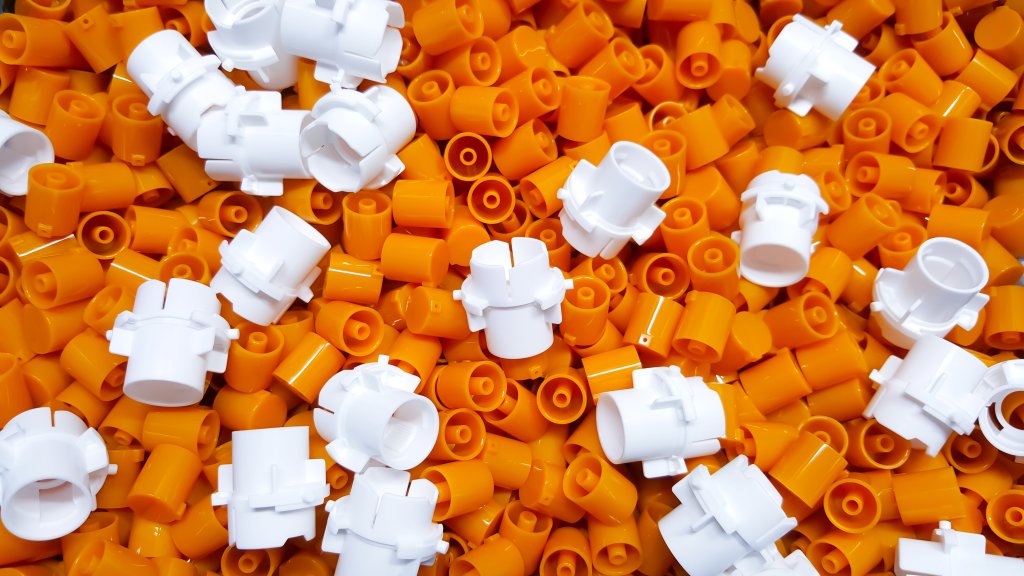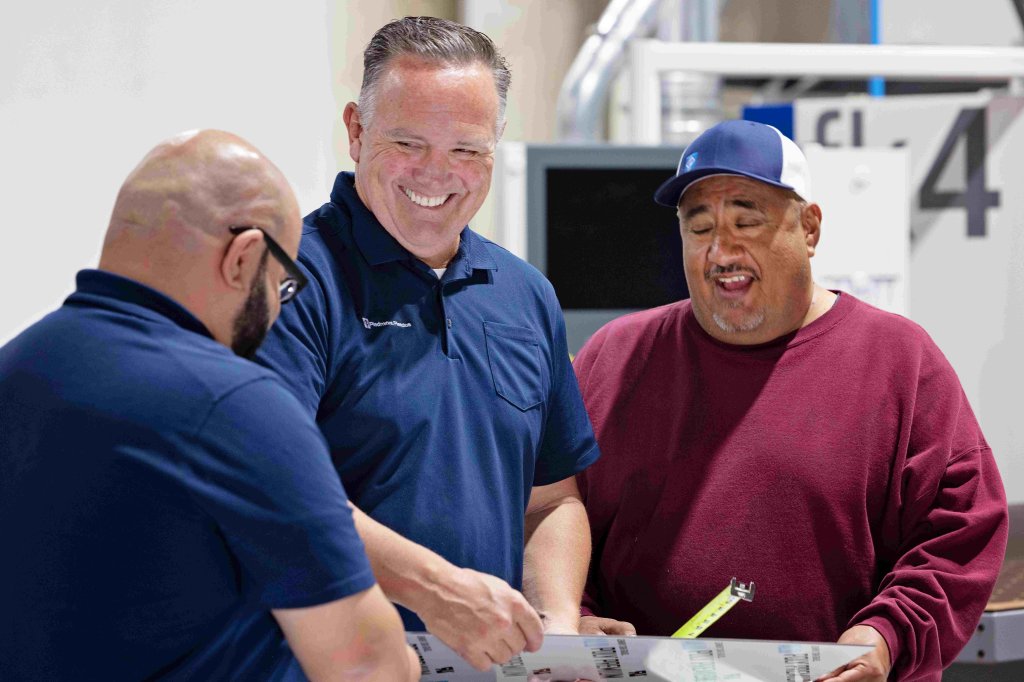How Different Plastics Respond to Temperature
Temperature limits are important to understand when choosing a mechanical plastic for your specific application. Plastics have two temperature limits to consider. The maximum continuous service temperature, or working temperature, indicates the highest temperature that the mechanical or electrical properties will remain stable for a particular product while working. The melt and mold temperature is the temperature that will cause the material to melt or become moldable, which is important when fabricating a new item. Here are some popular standard mechanical plastics and their temperature limits.
The following temperature ranges are averages and may differ depending on the material and the conditions.


An Expert is just around the corner.
With over 100 years of combined product knowledge and industry experience, we are confident our plastics experts can help you find a solution for your application.
1. ACM (Aluminum Composite Material)
ACM is an aluminum product that is strong and durable while offering some flexibility to mold into complex shapes. ACM features a three-layer design with two layers of pre-finished aluminum bonded to polyethylene at its core—these work for indoor and outdoor applications, including signage and displays.
Maximum Working Temperature: 180 degrees Celsius/320 degrees Fahrenheit
Melting Point: 593 degrees Celsius/890 degrees Fahrenheit
2. HDPE (High-Density Polyethylene)
HDPE is a heat-resistant, rigid polymer with closely packed molecules that work well for various manufacturing purposes. For example, this plastic is commonly used to make washers, line guides, and wire or cable coatings. In addition, the thin film sheets may be used as stretch and shrink wrap or garbage bags. Packaging and bottles are often made from HDPE as well.
Maximum Working Temperature: ~ 82 degrees Celsius or ~ 180 degrees Fahrenheit
Melting Point: 130.8 degrees Celsius/356 degrees Fahrenheit
3. Cast Acrylic
Cast acrylic sheet is a lightweight, stiff thermoplastic with many potential uses. Because it can be fully transparent, it’s often used in glazing and windows. This material may also be used in aquariums, signs, and retail displays. In addition, it is one of the most weather-resistant transparent plastics.
Maximum Working Temperature: 93 degrees Celsius/200 degrees Fahrenheit
Melting Point: 160 degrees Celsius/320 degrees Fahrenheit
4. PVC Foam
PVC foam is lightweight and has a closed-cell structure that removes dust and debris. It is often used in automotive manufacturing because of its large working temperature range of -30 to over 257 degrees Fahrenheit.
Maximum Working Temperature: 110-125 degrees Celsius/230-257 degrees Fahrenheit
Melting Point: 210 degrees Celsius/410 degrees Fahrenheit
5. ABS Sheet
Acrylonitrile Butadiene Styrene, or ABS, is a thermoplastic that works well for injection molding because of its low melting point and resistance to burning. It can be melted, solidified, and re-melted multiple times, making it a recyclable polymer. This material commonly comes in sheets and easily forms into the desired shape. It also resists chemical corrosion as well as physical impact damage.
Maximum Working Temperature: 80 degrees Celsius/176 degrees Fahrenheit
Melting Point: 105 degrees Celsius/221 degrees Fahrenheit
6. Kydex
Kydex is the brand name for a line of acrylic polyvinyl chloride products. It is a popular thermoplastic for molding specialized parts and products. Its excellent forming properties create consistent finished products for uniform parts and walls. Manufacturers use this product for everything from bulkheads on aircraft to sheaths for knives because of how easy it is to mold.
Maximum Working Temperature: 57-91 degrees Celsius/135-195 degrees Fahrenheit, depending on product
Melting Point: 165-204 degrees Celsius/330-400 degrees Fahrenheit, depending on product
7. High Impact Polystyrene
High-impact polystyrene is a strong thermoplastic that is affordable to produce. This affordability and durability make it a popular choice for making household items, toys, computer equipment, and cases. It also has a low water absorption rate which helps it maintain its durability.
Maximum Working Temperature: 50 degrees Celsius/122 degrees Fahrenheit
Melting Point: 210-270 degrees Celsius/410-518 degrees Fahrenheit
8. Nylon
Nylon is a synthetic polymer with a silk-like feel. This thermoplastic is made from petroleum and can be made into various shapes, including fibers and films. As a result, nylon has many uses, including apparel, electrical equipment, automotive parts, films, and construction materials.
Maximum Working Temperature: 121 degrees Celsius/250 degrees Fahrenheit
Melting Point: 252 degrees Celsius/485 degrees Fahrenheit
9. UHMW
UHMW polyethylene is a strong material that comes in both sheets and bars. It resists damage from impact and corrosion, making it ideal for various applications, including material handling and packing systems, conveyance machines, and food handling equipment.
Maximum Working Temperature: 82 degrees Celsius/180 degrees Fahrenheit
Melting Point: 132-135 degrees Celsius/270-275 degrees Fahrenheit
10. Acetal
Acetal is a polymer available in various formulations, but each provides strength and stiffness. It also boasts a low coefficient of friction, making it the choice for many manufacturers of different equipment parts.
Maximum Working Temperature: 82 degrees Celsius/180 degrees Fahrenheit
Melting Point: 168 degrees Celsius/335 degrees Fahrenheit
Buying The Right Plastic
Understanding the unique temperature limits of various mechanical plastics is critical in optimizing their functionality and longevity in different applications. Each plastic material's maximum working temperature and melting point determine its suitability for specific uses, from signage displays to automotive parts, packaging, and more. Although these temperatures are associated with standard limits, many of these materials can be enhanced to withstand higher levels of heat.
At Piedmont Plastics, we prioritize delivering high-quality materials with the necessary thermal properties to meet your unique project requirements. Remember, choosing the right material for the right temperature can make all the difference in the performance and lifespan of your product. Let Piedmont Plastics be your trusted partner in navigating the world of mechanical plastics.
Still Have Questions?
If you’re still uncertain about choosing the right material to handle the temperature fluctuations of your applications, don’t hesitate to reach out! At Piedmont Plastics, our team of industrial sales experts is ready to provide you with the precise data and guidance you need to make the best decision.
Let Us Know How We Can Help
